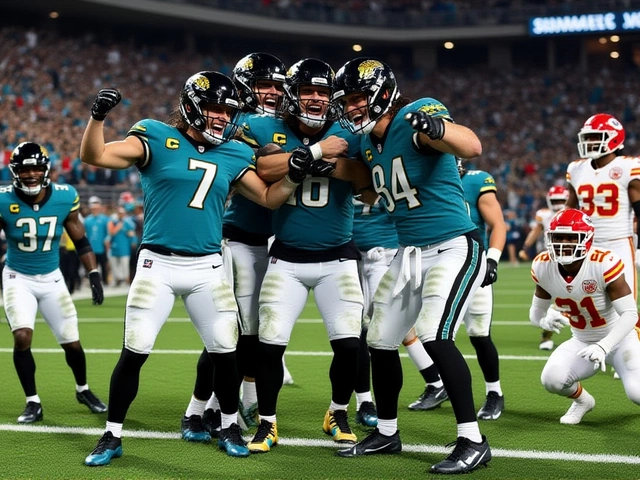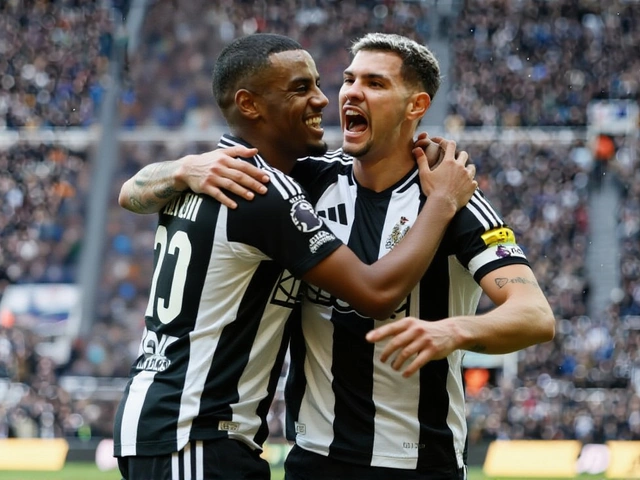When Antonio Cabrini, the 1982 World Cup-winning left-back and Italian football icon, predicted that Gennaro Gattuso would switch to a three-man defence for Italy’s crucial World Cup qualifier against Norway, few imagined how badly it would backfire. The match, played on the World Cup Qualifying match between Italy and NorwayUllevaal Stadion in Oslo on November 16, 2025, ended in a humiliating 4-1 defeat — and now, the fallout is threatening Gattuso’s future.
What Cabrini Saw — And What Went Wrong
Cabrini, 67, a veteran of 73 caps for Italy and a cornerstone of the 1982 triumph, broke down the tactical dilemma in a November 15 analysis for OneFootball and Yardbarker. "Gattuso will use a three-man defence in a World Cup qualifying fixture against Norway as he'll be looking for better defensive stability while still maintaining offensive options through the wings," he said. It wasn’t just speculation — it was a textbook read of Norway’s threat: Erling Haaland, the 25-year-old Manchester City striker, capable of turning any defensive lapse into a goal.
But here’s the twist: Gattuso didn’t play three at the back. He stuck with his usual 4-2-3-1, and it collapsed. Italy’s fullbacks, pinned back by Norway’s pace, had no cover. Haaland scored twice — first in the 23rd minute, then again in the 67th. Martin Ødegaard slipped one past Gianluigi Donnarumma in the 39th, and Alexander Sørloth sealed it with a clinical finish in the 89th. Italy’s lone reply? A header from Gianluca Scamacca in the 55th. Too little, too late.
The Numbers Don’t Lie
Italy entered the match ranked 8th in the world. Norway? 45th. Yet the home side dominated possession (58%), created 18 shots to Italy’s 7, and converted 4 of them. The statistics didn’t just show a loss — they exposed a team out of sync. The midfield trio of Jorginho, Barella, and Locatelli, usually Italy’s engine, were overrun. No one was tracking Ødegaard’s runs. No one was pressing Haaland’s first touch. The backline, led by Alessandro Bastoni and Giovanni Di Lorenzo, looked confused.
And the timing? Terrible. This was Italy’s sixth match in UEFA Group 2 of the 2026 World Cup qualifiers — and they’d earned just 10 points. With three games left, their path to qualification is now a long shot. They’re behind Scotland and Georgia, both on 14 points. A win here would’ve kept them alive. Instead, they’re staring at the possibility of missing a World Cup for the second time in four tournaments.
FIGC Reacts — And Gattuso’s Future Hangs in the Balance
By the next morning, the Italian Football Federation — FIGC — was in emergency session. President Gabriele Gravina called the meeting for November 18, 2025, at the Foro Italico in Rome. Sources inside the federation told La Gazzetta dello Sport that "a full tactical and personnel review is underway," and that Gattuso’s position is "under serious scrutiny."
It’s not just the result. It’s the pattern. Italy lost 2-1 to Georgia in September. Drew 1-1 with Scotland in October. Now this. Fans are angry. Social media erupted with #GattusoOut. Former captain Alessandro Nesta tweeted: "We don’t need more philosophy. We need structure. And leadership."
Why This Matters Beyond One Match
This isn’t just about Gattuso. It’s about identity. Italy hasn’t won a major trophy since Euro 2020. The generation that lifted the trophy — Bonucci, Chiellini, Jorginho — is gone. The new one hasn’t found its voice. The youth teams are strong, but the senior squad feels disjointed. The three-man defence Cabrini suggested wasn’t just a tactical tweak — it was a signal that Italy needed to adapt, to be more pragmatic, to stop playing like they’re still in 2006.
And yet, Gattuso’s reluctance to change may have been rooted in something deeper: loyalty to his own philosophy. He’s a man who believes in grit over geometry. But in modern football, that’s not enough. Norway’s players are faster, stronger, better coached. Italy’s players looked like they were playing against ghosts.
What’s Next? The Road to 2026 Is Narrowing
Italy’s remaining fixtures: away to Georgia on March 24, 2026, home to Scotland on March 27, and away to Norway again on June 8. Three wins? Maybe. But they’ll need more than results — they’ll need belief. If Gattuso stays, he’ll have to rebuild trust. If he’s replaced, who? Roberto Mancini? Luciano Spalletti? The FIGC has options, but time is running out.
One thing’s clear: Italy can’t afford another shock loss. Not with the World Cup on the line. Not with a generation of fans who still remember 2018, when they missed out for the first time in 60 years. This time, the stakes are even higher.
Frequently Asked Questions
Why did Antonio Cabrini suggest a three-man defence?
Cabrini, a former World Cup-winning full-back, recognized Norway’s attacking threat — especially Erling Haaland’s pace and movement — and believed a three-man backline would allow Italy’s fullbacks to push forward without leaving gaps. He saw it as a way to balance defensive solidity with width, a system Italy had used successfully in past tournaments. But Gattuso never implemented it, leaving Italy exposed.
How did Norway manage to score four goals so easily?
Italy’s midfield lacked control, and their backline was slow to react to Norway’s quick transitions. Haaland exploited space behind the fullbacks, Ødegaard found gaps between the lines, and Sørloth capitalized on poor marking on set pieces. Italy’s defenders were out of position, and the midfield didn’t press high enough. Norway’s coach, Ståle Solbakken, had prepared them perfectly for Italy’s weaknesses.
What’s at stake for Italy in the remaining qualifiers?
Italy currently sits third in Group 2 with 10 points from six games. They need to win all three remaining matches to have a realistic chance of automatic qualification. Even then, they may need help from other results. A loss in Georgia or Scotland could end their hopes, forcing them into a playoff — a scenario they desperately want to avoid after failing to qualify for the 2018 World Cup.
Is Gattuso likely to be fired after this loss?
While no official decision has been made, FIGC sources indicate Gattuso’s position is "extremely precarious." The federation has already begun internal discussions about potential replacements, with Mancini and Spalletti named as top candidates. A win in Georgia on March 24, 2026, might buy him time — but another defeat will almost certainly end his tenure.
How has the Italian public reacted to the defeat?
Public outrage has been intense. Social media trends show #GattusoOut trending in Italy for over 72 hours. Fans have gathered outside FIGC headquarters in Rome, holding signs reading "We Don’t Want Tactics — We Want Results." Even former players like Francesco Totti and Paolo Maldini have expressed disappointment, calling the performance "unacceptable for a nation with Italy’s footballing heritage."
Could this loss affect Italy’s chances of hosting future tournaments?
While not directly tied, consistent underperformance can influence FIFA’s perception of a nation’s footballing credibility. Italy’s failure to qualify for 2018 and potential failure in 2026 could weaken future bids for major tournaments, especially as other European nations like Poland and Ukraine strengthen their football infrastructure. FIFA values both sporting success and fan engagement — and right now, Italy is losing both.






